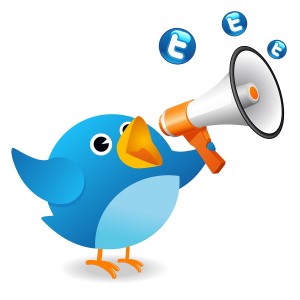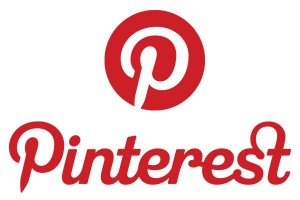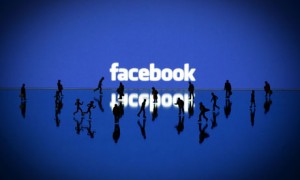Aaaaaaaand…we’ve reached the final post of this series, and the final post on this blog! As this blog comes to an end, I hope I was able to pass along some of my knowledge to you, and that I helped you see the importance of social media for your small business, as well as tools that are available to you as a small business. My last posts dealt with Facebook, Pinterest, Twitter, and Instagram. This final post is going to quickly go into the benefits of marketing your business through YouTube, Vine, and yes, even Snapchat.
YouTube
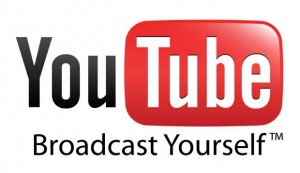
We all know the potential of viral videos. They can be shared/talked about a thousand times over, and passed on from person to person for months. We remember and enjoy viral videos. They become part of pop culture, they make their way into our vernacular, they even sometimes become verbs. HOWEVER (and this is a big however), DO NOT EXPECT TO MAKE A VIDEO AND HAVE IT GO VIRAL!
Sorry to yell, I just had to firmly get that point across. But making videos takes time, and time is money, so why make a video if it won’t reach anyone? Well, it will, it just won’t necessarily become viral. Also, yes making a video takes time, but it does not necessarily need to cost a lot. Use resources you have readily available to you: your team, an iPhone or any smartphone with a camera, and the location of your business (if it’s a physical one). You don’t need a lot to make a video that you can easily share across your social media platforms and ask your audience to share with people who may not necessarily be tuned into your brand/business [quite yet]. Here are 6 more tips for using YouTube for marketing:
- don’t expect to go viral
- buy YouTube ad space that can be shown before videos
- DIY Focus Groups: let the comments and tools such as YouTube’s own Hot Spots be your stand-in for a traditional focus group
- watch YouTube videos to learn new tricks, see what gains/captures attention, to get creative insights, etc.
- track your ROI (if you’re spending money on YouTube ads)
- find a niche to broadcast to your audience
Here are some articles for further reading on YouTube marketing:
- http://www.simplybusiness.co.uk/microsites/youtube-for-small-business/
- http://mashable.com/2011/11/05/youtube-small-biz-tips/
- http://www.nerdwallet.com/blog/small-business-finances/youtube-marketing-tool-small-business/
Vine
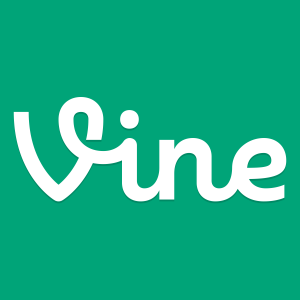
“Vine is a mobile app owned by Twitter that enables its users to create and post short looping video clips. Video clips created with Vine have a maximum clip length of seven seconds and can be shared to Vine’ssocial network, or to other services such as Twitter and Facebook.” (definition from Wikipedia). People enjoy Vines because they are short and too the point, and given that it’s seven seconds long, people have found inventive ways to tell short visual stories within that allotted time. Here are tips on how a small business can use Vine to promote their small business:
- put a face to the name – send your customers a message from you, the business owner, or from members of your team
- Starring: your product! – come up with a creative way to show your product/its benefits in 7 seconds or less
- give a tour of your office
- announcements – have fun with announcing contests, sales, etc.
- mark milestones
- mini advertisements
- mini how-to videos with your product
Further reading:
- http://www.publiseek.com/publicity/10-ways-to-use-vine-for-small-business-creating-a-6-second-video-pitch-for-your-business/
- http://www.outboundengine.com/blog/7-creative-ways-to-use-vine-for-small-business-marketing/
- http://www.shopify.com/blog/8715649-7-creative-ways-businesses-are-using-vine-to-engage-customers (this article gives examples)
Snapchat

“Snapchat is a photo messaging app developed by Evan Spiegel and Robert Murphy, then Stanford University students. Using the application, users can take photos, record videos, add text and drawings, and send them to a controlled list of recipients” (definition from Wikipedia). This venture is a fairly new one that not many businesses have taken part of yet. Because of this, you have a way of setting yourself apart from the crowd and having fun with this app. A lot of people use it, and this is a very direct interaction opportunity for you and your customers. There aren’t many tips/ideas on how to use Snapchat for marketing yet, but one frozen yogurt company in New York, 16 Handles, came up with a pretty cool idea on how to use it. They had users Snapchat the company a picture of the customer at one of shops tasting yogurt, 16 Handles would then send a coupon back as a reply, and the person couldn’t open the coupon until they were at the register, because it would delete itself 10 seconds later. The coupons were redeemable anywhere from 16% to 100% off your purchase. This is such a cute and fun way to interact with customers, and surely those customers had to tell their friends and family about their experience after that! So while new, Snapchat has so much potential and is a fun and exciting new way to consider when looking for new ways to market your business.
I hope all these posts have been informative, helpful, and have given you some ideas about how to optimize your customer-business interaction experience.
Signing off for the last time,
bye, y’all!

